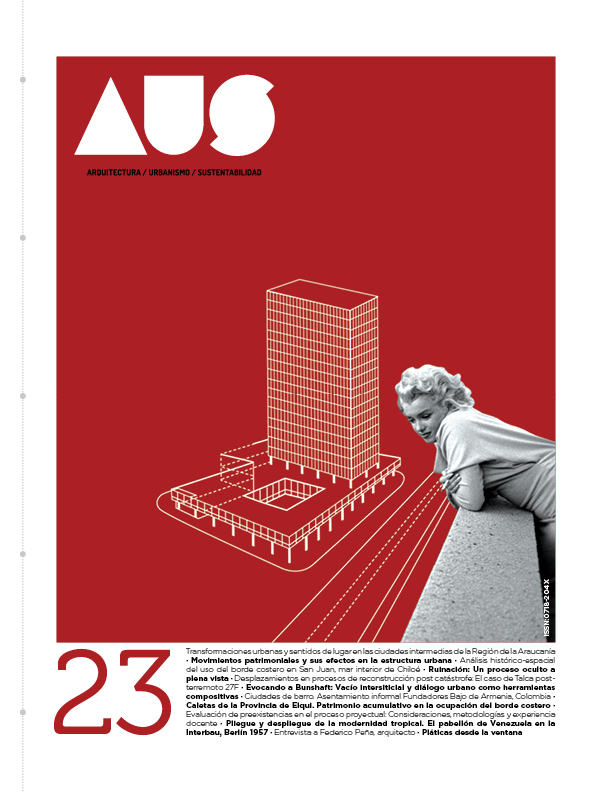Ruination: A hidden process in plain sight .
Main Article Content
Abstract
Much emphasis has been given to discussing ruins in their fundamental and independent nature, as a scenario, result or output whose image in the present is in contrast with its past shape. Taking a different route, this paper discusses the particular aspects of ruins as part of the inevitable ‘ruination’ process which has an impact on the entire built environment without distinction, ultimately pushing buildings to lose the organization of their parts, original functions and meanings. Seeking to expand the field of meanings associated to this concept, a suggestion is made to review typical representation strategies that favor its objectification, monumentalizing or aestheticization, and to promote representations that conceive ruins as an ever changing result of endless decaying. As an example of this methodological and conceptual shift, the discussion focuses on the material resulting from the project This is Talca, which aims at capturing the course of time on the built environment with photographic series.

